If you’re like me, you love a lush, vibrant garden but could do without the hefty water bill or the guilt of excessive water use. With climate change leading to hotter, drier conditions in many areas, it’s time we embrace plants that are not just survivors but thrivers in low-water environments. Let’s dive into my top 15 drought-tolerant plants that will keep your garden looking spectacular, even when the rain is scarce.
1. Lavender (Lavandula)
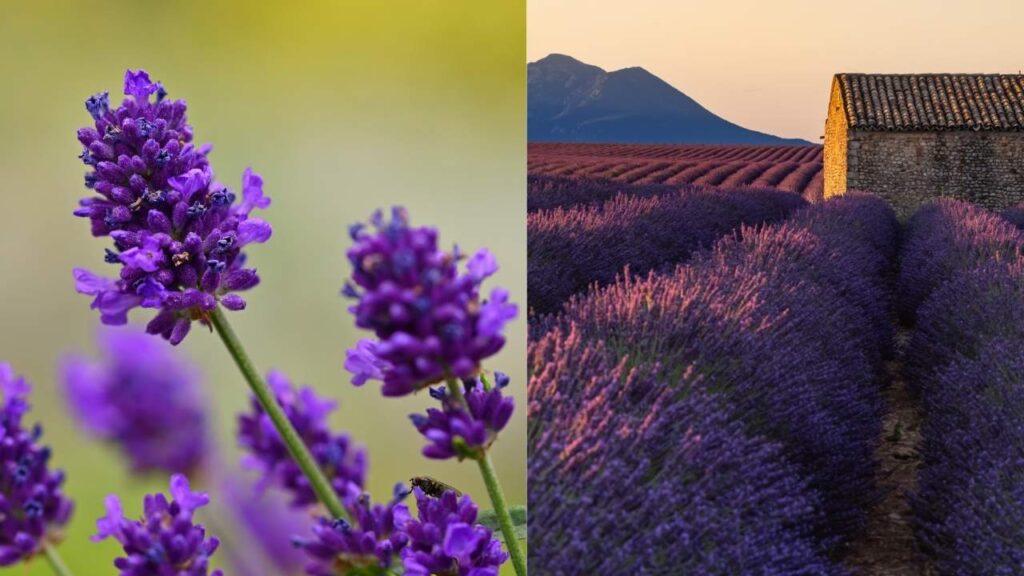
Lavender swaying gently in the breeze is a sight—and scent—to behold.
- Why I Love It: Beyond its soothing fragrance, lavender is a hardy plant that thrives in full sun and well-drained soil.
- Growing Tips: Prune annually to maintain shape and encourage new growth.
- Applications: Great for borders, containers, and attracting pollinators like bees and butterflies.
2. Yarrow (Achillea millefolium)
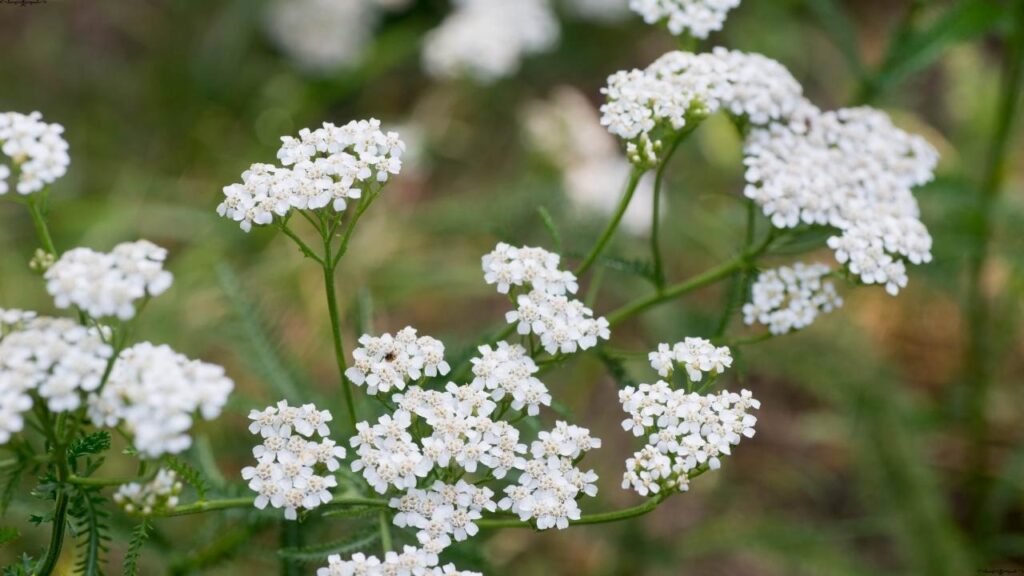
Yarrow’s feathery foliage and clusters of flowers add texture and color.
- Why I Love It: It’s a native plant that’s not only drought-tolerant but also deer-resistant.
- Growing Tips: Prefers full sun and can handle poor soil conditions.
- Applications: Ideal for wildflower gardens and naturalized areas.
3. Sedum (Stonecrop)
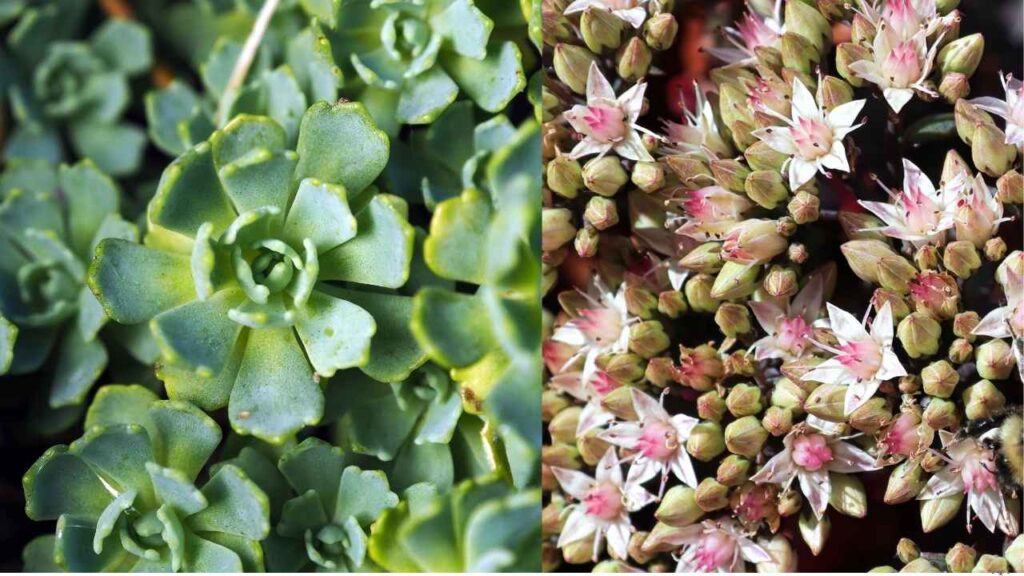
Sedums are the ultimate low-maintenance succulent.
- Why I Love It: These plants store water in their leaves, making them perfect for dry spells.
- Growing Tips: Plant in rocky or sandy soil with good drainage.
- Applications: Excellent for rock gardens, ground covers, and green roofs.
4. Russian Sage (Perovskia atriplicifolia)

With its tall, wispy stems and lavender-blue flowers, Russian sage adds height and drama.
- Why I Love It: It thrives in hot, dry conditions and poor soil.
- Growing Tips: Cut back in early spring to promote vigorous growth.
- Applications: Works well in borders and mixed with other perennials.
5. Coneflower (Echinacea)
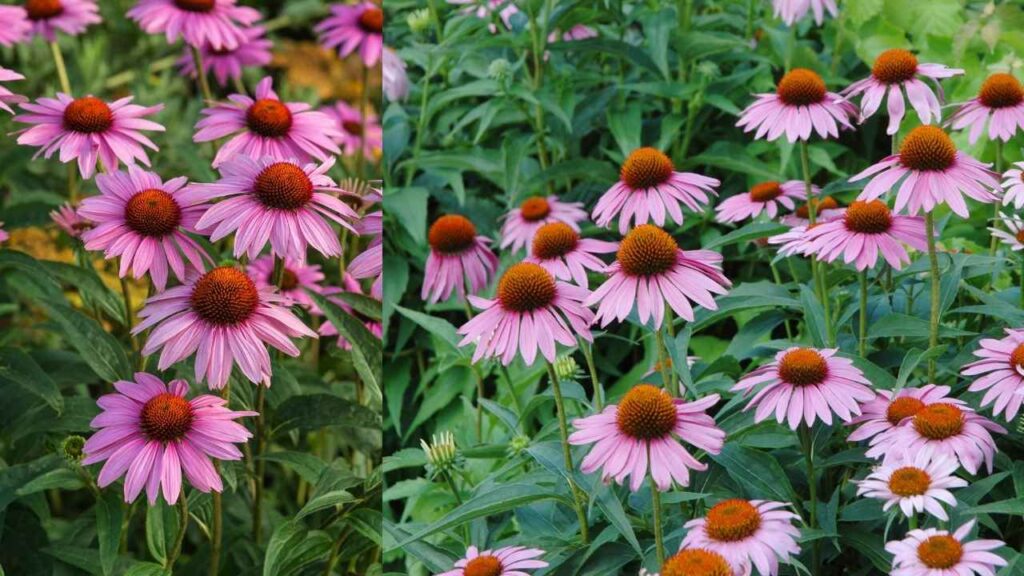
Coneflowers are not just pretty faces; they’re tough cookies!
- Why I Love It: They offer long-lasting blooms and are great for cutting.
- Growing Tips: Deadhead spent flowers to encourage more blooms.
- Applications: Perfect for cottage gardens and attracting pollinators.
6. Agave
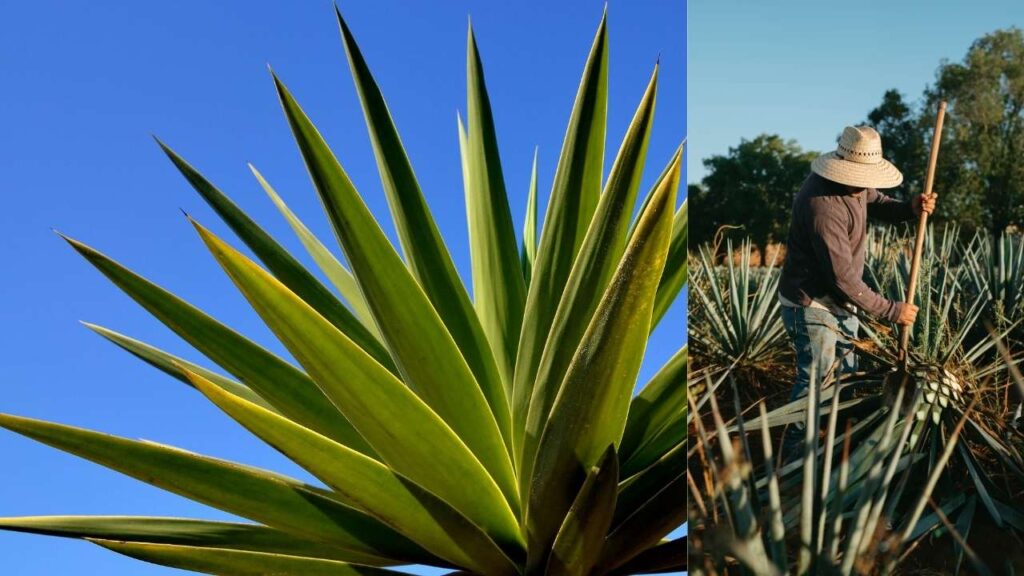
Agave plants are architectural wonders.
- Why I Love It: Their striking form makes a bold statement.
- Growing Tips: Needs well-drained soil and minimal water.
- Applications: Ideal for xeriscaping and modern garden designs.
7. Rosemary (Rosmarinus officinalis)
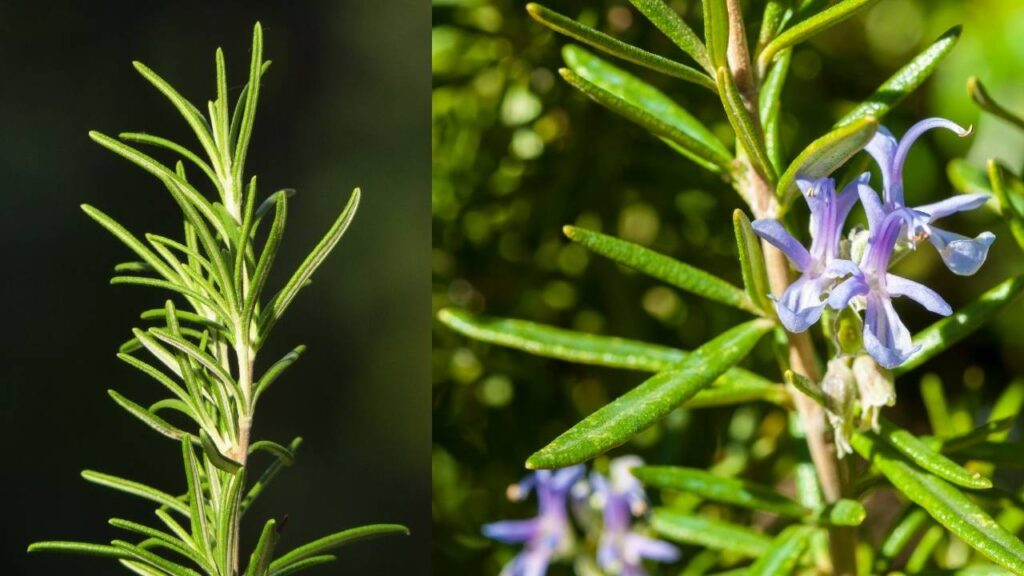
Who doesn’t love a plant that’s both beautiful and edible?
- Why I Love It: Fragrant, evergreen, and attracts bees.
- Growing Tips: Requires full sun and good air circulation.
- Applications: Great for herb gardens, hedges, and containers.
8. Blanket Flower (Gaillardia)
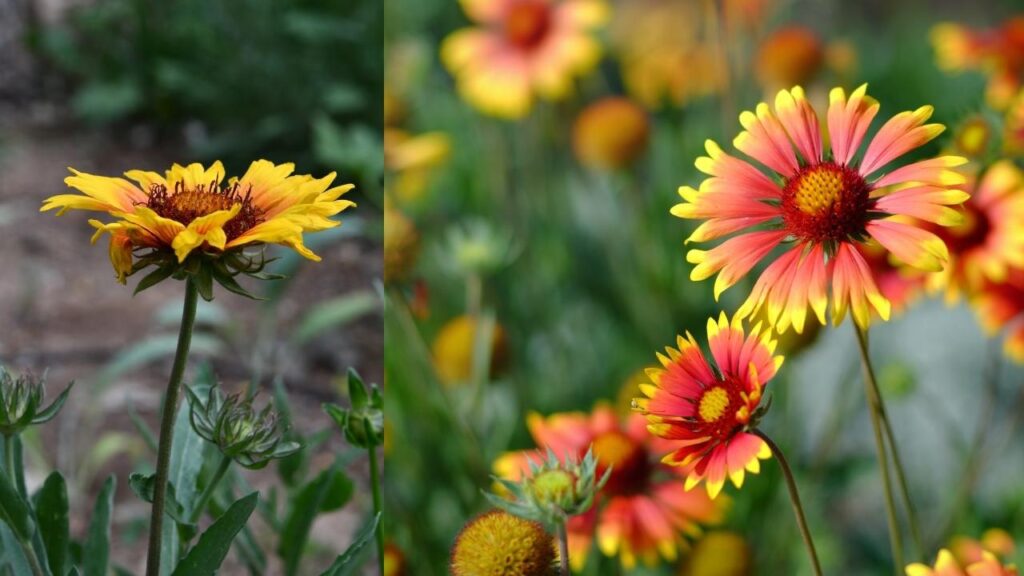
These daisy-like flowers bring a burst of color.
- Why I Love It: Continuous blooms from early summer to fall.
- Growing Tips: Tolerates poor soils and needs full sun.
- Applications: Excellent for borders and attracting butterflies.
9. Bougainvillea
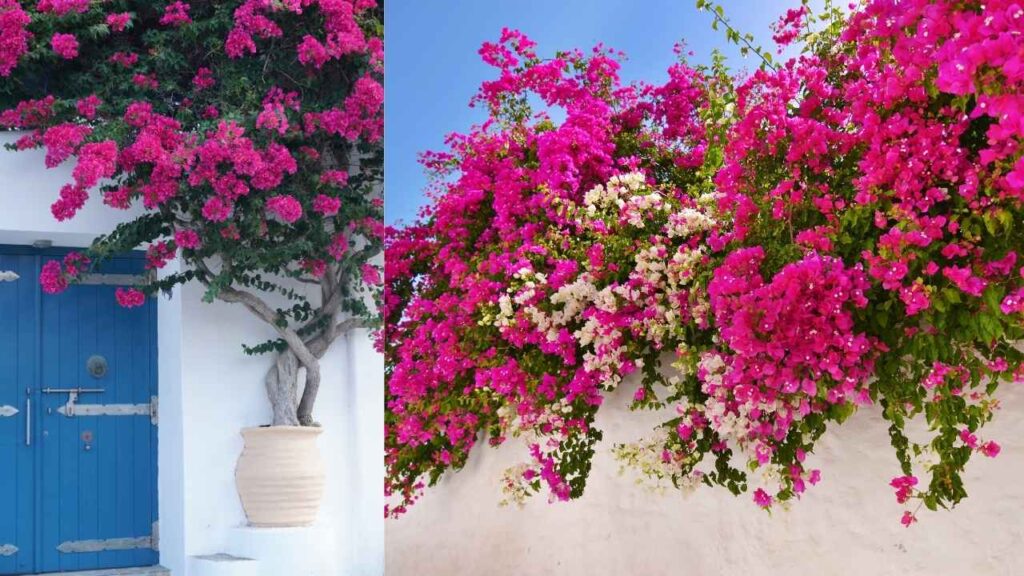
For a splash of vibrant color, bougainvillea is unmatched.
- Why I Love It: Its bracts come in various colors and are stunning.
- Growing Tips: Needs at least five hours of direct sunlight.
- Applications: Ideal for trellises, walls, and containers.
10. Verbena
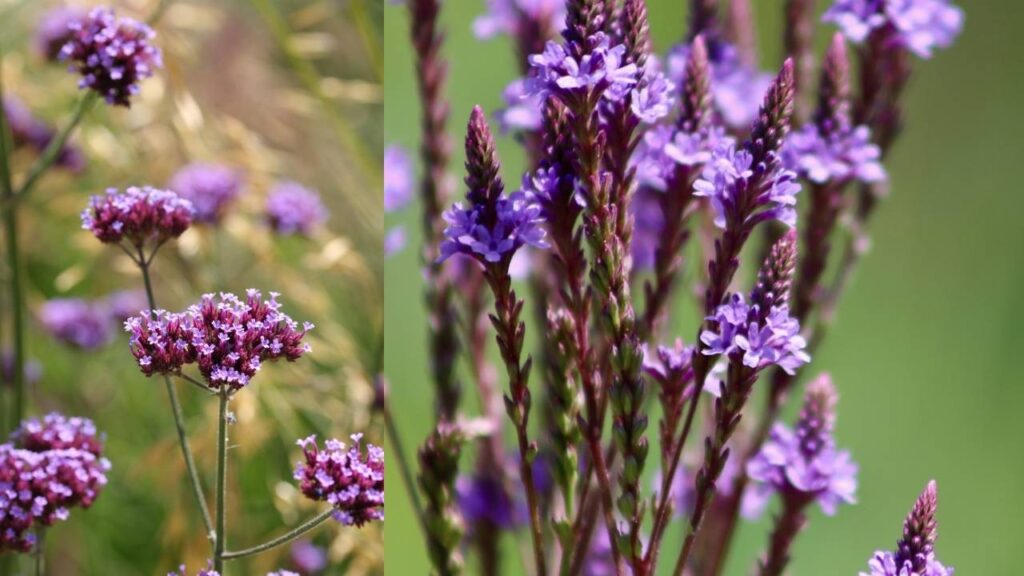
Verbena adds a delicate touch with its small clusters of flowers.
- Why I Love It: It’s a continuous bloomer and low-maintenance.
- Growing Tips: Prefers full sun and well-drained soil.
- Applications: Great for ground covers and hanging baskets.
11. California Poppy (Eschscholzia californica)
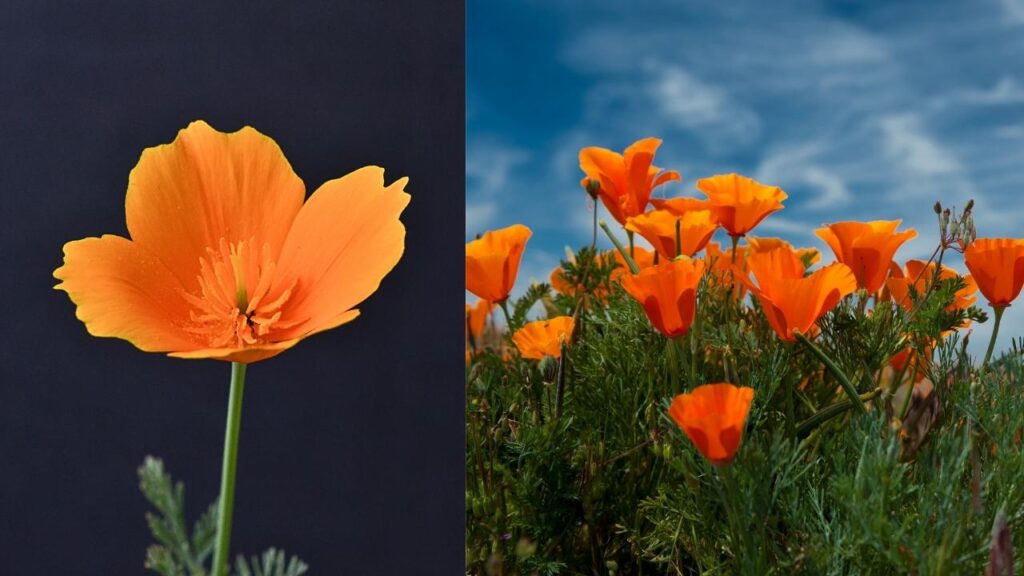
These poppies are as tough as they are beautiful.
- Why I Love It: They self-seed and return year after year.
- Growing Tips: Sow seeds directly into the soil in fall or early spring.
- Applications: Perfect for meadows and naturalized areas.
12. Thyme (Thymus)
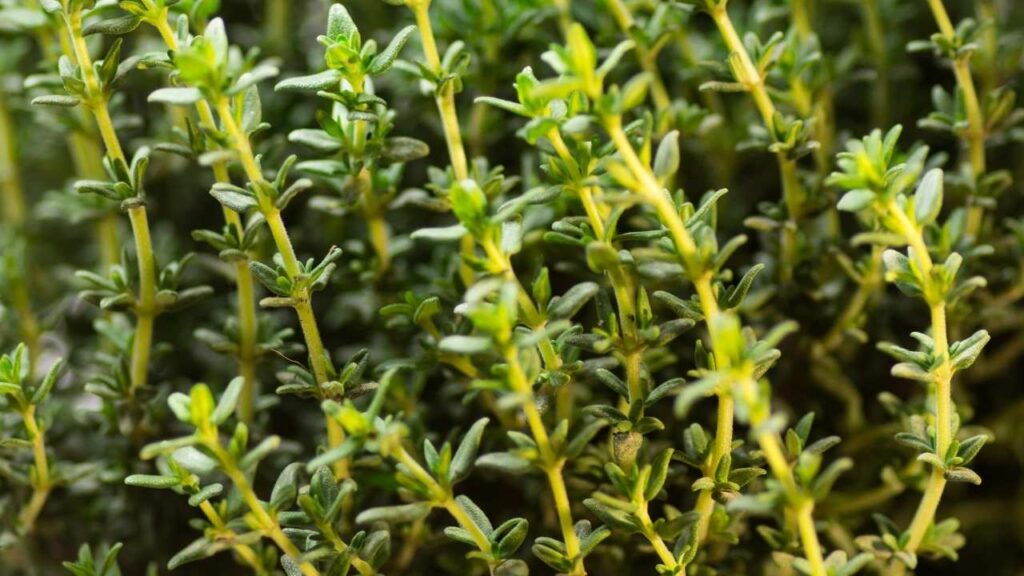
Another culinary favorite that doesn’t mind dry conditions.
- Why I Love It: It’s versatile, aromatic, and attracts beneficial insects.
- Growing Tips: Grows well in rocky, well-drained soils.
- Applications: Use between stepping stones or as ground cover.
13. Oleander (Nerium oleander)
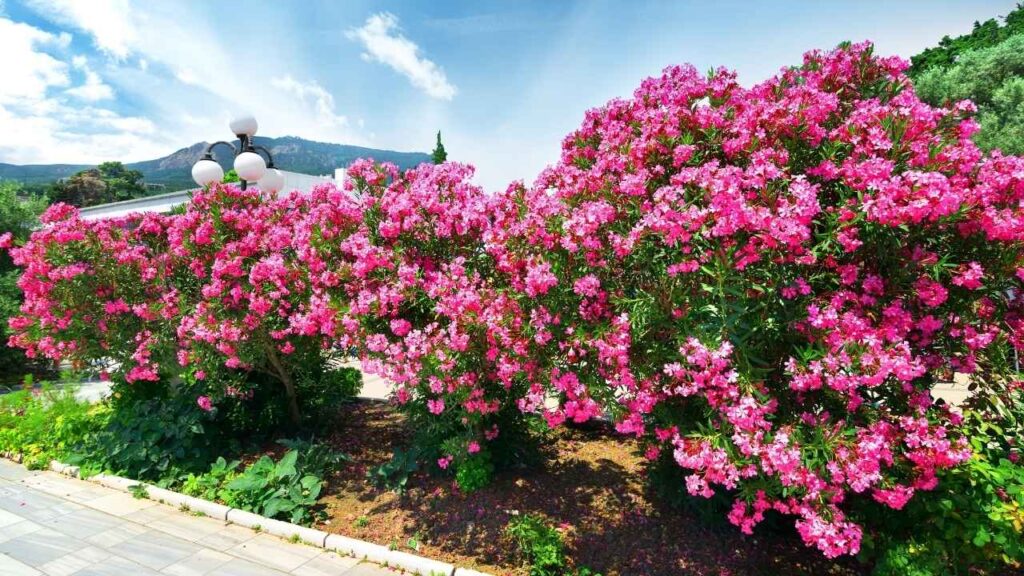
Oleander offers lush foliage and beautiful blooms.
- Why I Love It: It’s evergreen and blooms from spring to fall.
- Growing Tips: Highly adaptable but handle with care—it’s toxic if ingested.
- Applications: Works well as a hedge or privacy screen.
14. Daylily (Hemerocallis)

Daylilies are the workhorses of the garden world.
- Why I Love It: They tolerate a range of conditions and come in numerous colors.
- Growing Tips: Divide every few years to maintain vigor.
- Applications: Ideal for mass plantings and erosion control.
15. Ornamental Grasses

Grasses like Blue Fescue and Feather Reed Grass add movement and texture.
- Why I Love It: They require minimal care and look good year-round.
- Growing Tips: Cut back in late winter before new growth appears.
- Applications: Excellent for borders, containers, and as accents.
Tips for a Successful Drought-Tolerant Garden
- Soil Preparation: Improve drainage by adding organic matter or planting in raised beds.
- Mulching: Use mulch to retain soil moisture and suppress weeds.
- Smart Watering: Install drip irrigation or water early in the morning to reduce evaporation.
- Plant Selection: Choose native plants when possible, as they are adapted to local conditions.
Conclusion
Embracing drought-tolerant plants doesn’t mean compromising on beauty or variety. With these 15 options, you can create a garden that’s not only resilient but also a stunning sanctuary for you and local wildlife.
Happy gardening! Let’s make our gardens both beautiful and sustainable.
